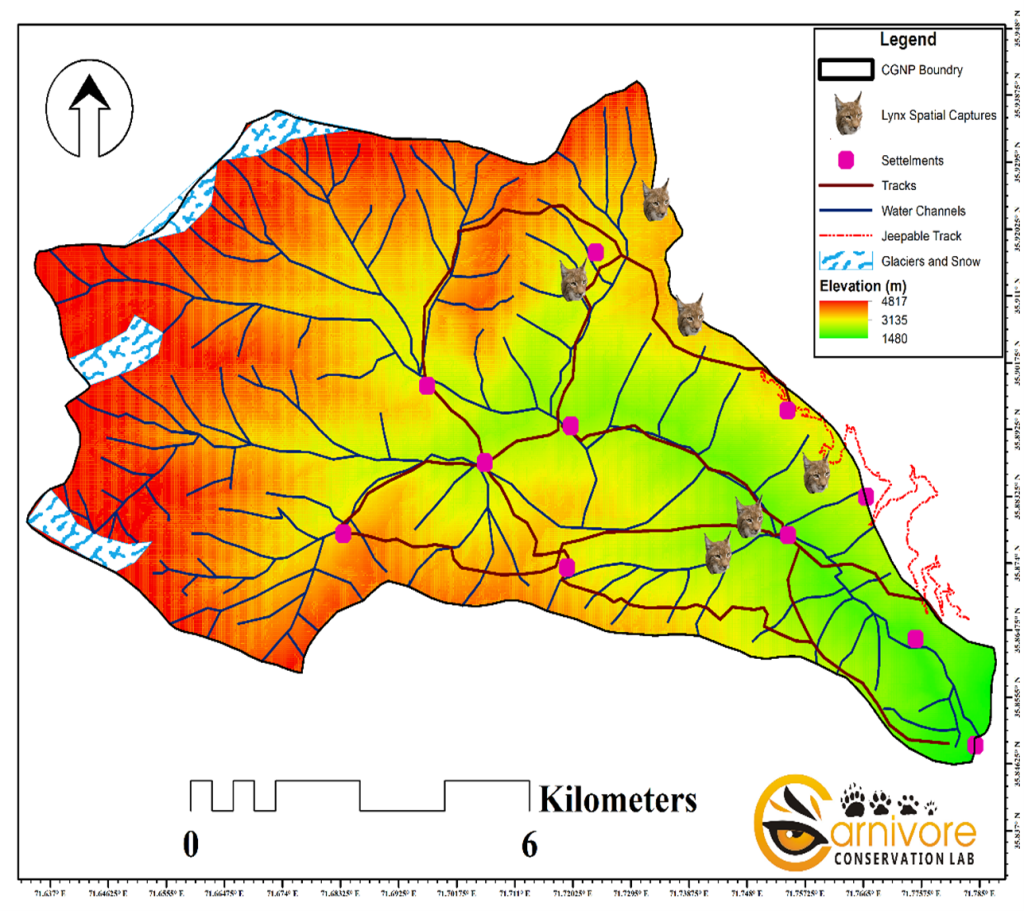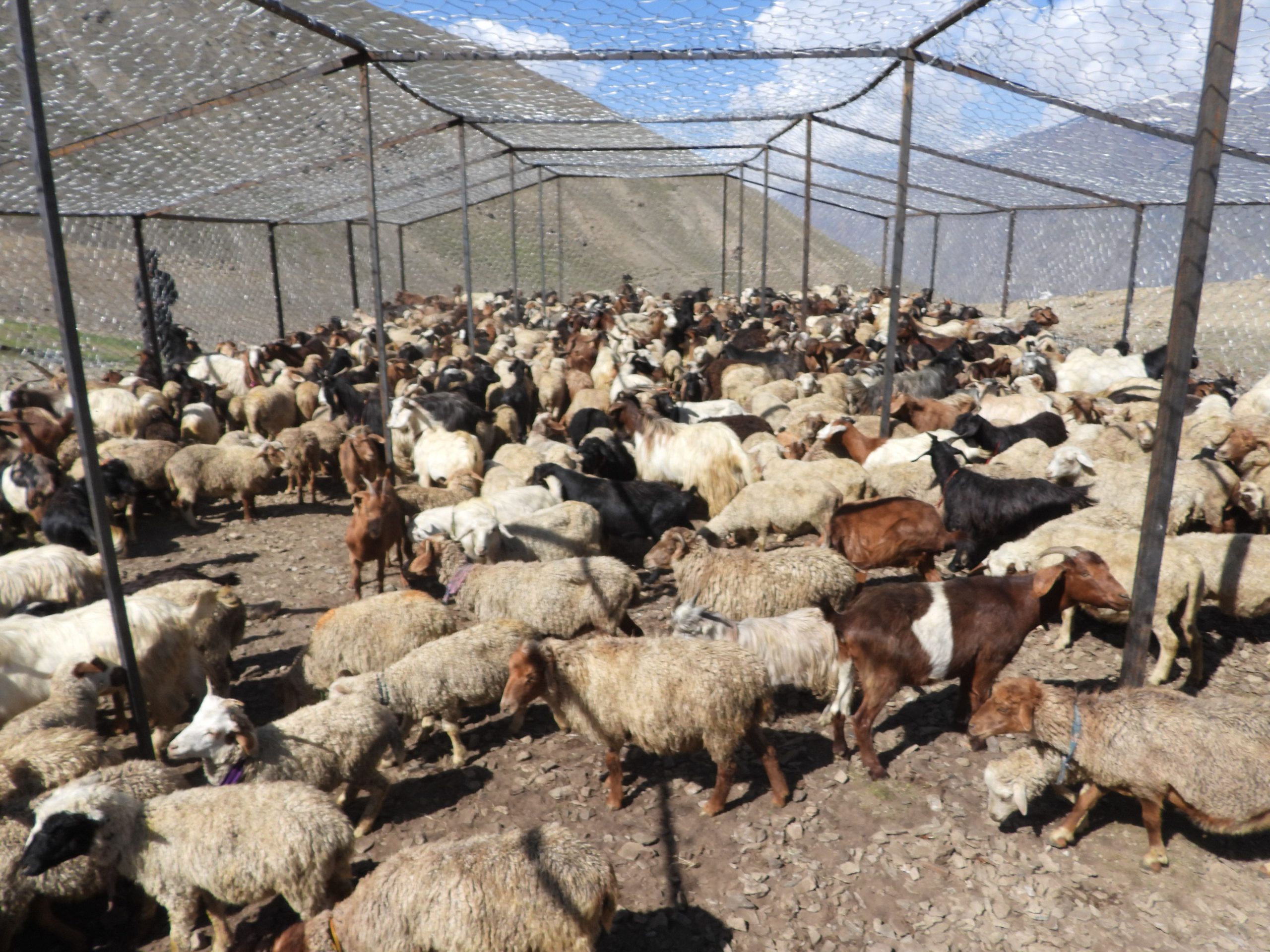Abundance is the key parameter of concern to wildlife management and conservation. Different filed and analytical methods are in practice to obtain and analyse data for wildlife abundance estimation. Owing to their low cost, easy management and production of large data sets, camera traps have been the tool of choice in field surveys. Data from camera traps have widely been used to estimate population parameters for marked animals using the Capture-Recapture approach. Since this approach requires the identification of individuals, it limits its usefulness as most of the photo-captured species either totally lack identifiable markings or have unclear markings. Several analytical approaches are emerging to address this limitation so that the population parameters of unmarked animals are estimated. This study tried to compare abundance estimates for the different unmarked approaches using Himalayan lynx as a case study, in the Chitral Gol National Park (CGNP), Khyber Pakhtunkhwa, Pakistan. The species has elusive and nocturnal behavior and occurs at low densities.
Out of the total 103 grids of 1 km2 over the 77.5 km2 study area, cameras were installed at 30 grids. Due to some technical errors 5 cameras were excluded from the analysis. A database for the pictures from the remaining 25 cameras were created, to simplify data retrieval and analysis. The modelling approaches used in this study included N-Mixture models, Random Encounter Modelling (REM), Space and Time models and Spatial Count (SC) models.
The operational 25 cameras resulted in 1125 camera trap days. Lynx was captured 16 times at 6 trap sites. The N-Mixture model with the Poisson approach estimated abundance at 7.88 individuals for the CGNP.
estimates of four models (N-Mixture, TTE, STE, and SC) give estimates of 6-12 individuals in CGNP and seem more realistic for the study area.
We believe these analytical approaches have promise for investigating populations of unmarked animals, however, with small data sets it is difficult to get agreement between them. Increasing the sample size and combining data from multiple sources can potentially solve this issue.

Figure 3.1 Spatial location of lynx photo-captures in Chitral Gol National Park in 2019


Figure 3.2 Lynx photo-captures in Chitral Gol National Park in 2019



